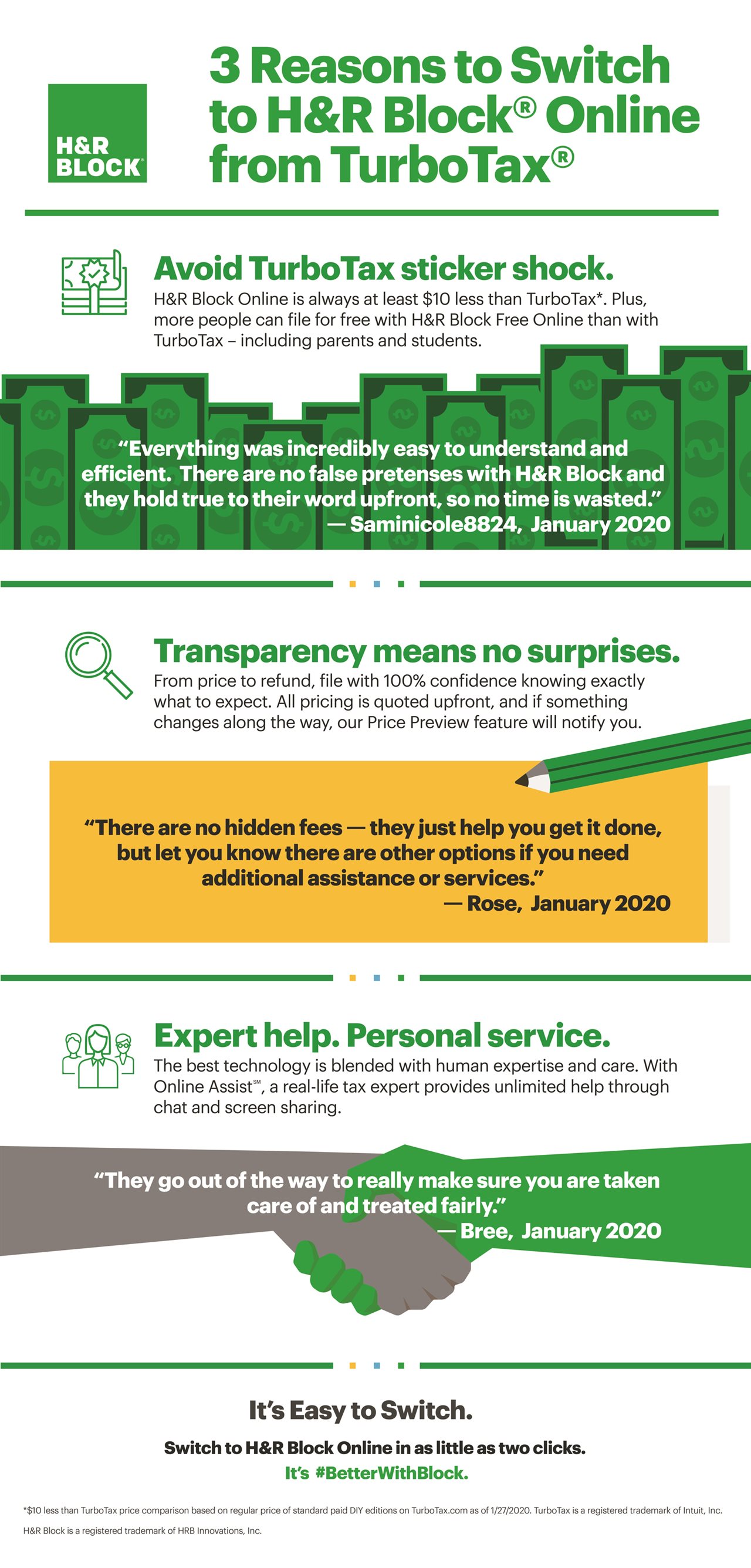2020-02-07T08:01:00
(BPT) – Dawn Marisch will never forget June 11, 2011. That’s the day the elementary school principal from Milwaukee, Wisconsin, nearly lost her life.
Marisch suffered an aneurysm and collapsed while rehearsing with her students for an upcoming Concert Day. First responders rushed her to the local hospital where she underwent four surgeries and received a remarkable 90 units (more than 11 gallons) of blood, platelets and plasma over the following four days.
“It wouldn’t have mattered how great the physicians were if they didn’t have the blood I needed,” said Marisch. “It was very humbling to realize how many people — how many everyday heroes — it took to save my life.”
Marisch survived and the experience inspired her to become a regular blood donor. As an O-negative donor — the universal blood type used in emergencies like the one she experienced — she understands the impact of every donation, not just for patients, but for their families as well. U.S. patients require an estimated 36,000 units of red blood cells each day to treat a multitude of serious medical conditions including cancer, organ transplants or following an accident or trauma.
Blood donors and volunteers play a critical role in maintaining the nation’s blood supply, providing patients across the country with lifesaving resources and care. Each year, Fresenius Kabi, a global health care company that specializes in medicines and technologies for infusion, transfusion and clinical nutrition, partners with blood centers across the U.S. to honor people like Marisch who have demonstrated an extraordinary commitment to blood donation. Blood centers submit nominations from which inductees are selected to join the Donation Hall of Fame.
The 2019 inductees illustrate the myriad medical benefits and types of blood donors needed; they also exemplify how donating builds community. Several years ago, Sarah Hansgate, Jillian Truesdale and Dawn Wolf met while donating platelets at a community blood center. They had all lived in the same relatively small town (Williamsville, New York) for a long time, but didn’t know each other very well. Since meeting at the blood center one Saturday morning, the trio has made it a tradition to donate together every other Saturday. Their conversations during the sessions have developed into a deep friendship.
The fact that the three women donate platelets is also important, as platelets are most often used to help cancer patients and others facing life-threatening conditions. A single platelet donation can provide multiple transfusable units, whereas it takes roughly five whole blood donations to make up a single transfusable unit of platelets.
Another platelet donor who is making a difference in his community is 20-year-old Theodore Hale of Dayton, Ohio. Hale has donated more than 30 times toward his lifetime goal of 1,000 donations. The new endeavor is the latest milestone in a string of accomplishments for Hale, all of which he worked very hard to achieve. The college sophomore also participated in the Ohio Special Olympics and graduated summa cum laude from his high school.
“If you don’t persevere you won’t get anywhere,” Hale said. “Life is full of failures. You take them and learn from them.”
Regardless of whether a person donates alone or with friends and gives platelets or whole blood, donating provides an invaluable resource to the community.
As Marisch likes to put it, “It truly is a life-saving gift.”
To nominate someone to be in Fresenius Kabi’s Donation Hall of Fame, email info.usa@fresenius-kabi.com and to learn more about all inductees in the Donation Hall of Fame visit https://www.fresenius-kabi.com/us/company/donation-hall-of-fame.














